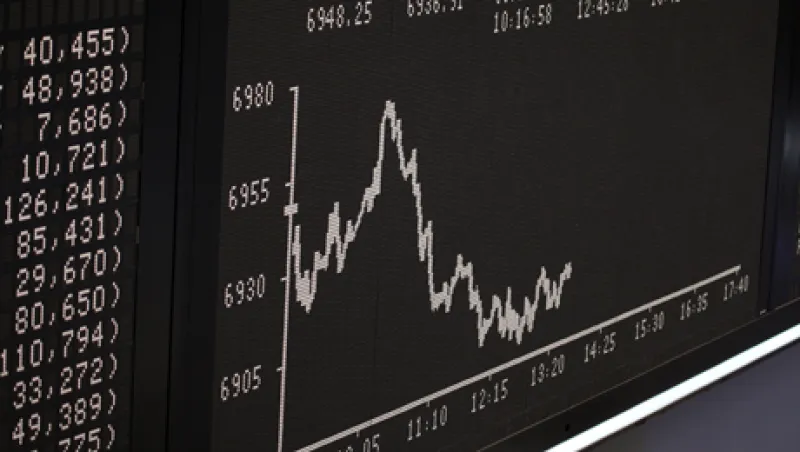ETFs have been closely identified with passive funds that track the performance of indexes. But as exchange-traded funds have grown in popularity — there are now more than 1,000 U.S. equity funds alone — almost every conceivable index has been covered by one ETF or another.
As a result, more ETF sponsors are looking to satisfy demand for new products by venturing more deeply into strategy funds — a cross between completely passive ETFs and actively managed mutual funds or ETFs. Strategy funds follow an index but weight their composition using a proprietary screen, such as stocks that pay a higher dividend. They have been around since at least 2005 but are gaining in popularity and delving into additional asset classes, according to Morningstar ETF analyst Michael Rawson.
“I view strategy funds as a positive development, although you are going to pay a premium compared to pure index funds,” he says. “And you have to understand what you are getting — some of them tend to be black boxes that charge higher fees but don’t explain exactly what they do.”
Like stocks, ETFs trade throughout the day on exchanges. But the vast majority of ETFs are passive funds, which means that the SEC does not require the fuller, more regular disclosures required of active funds. Strategy funds add an element of active management but are classified as passive funds. Thus, they avoid those fuller disclosure requirements, making them attractive from the point of view of some portfolio managers.
And strategy funds are able to charge higher fees than passive ETFs. The expense ratio for the passive Vanguard Total Market ETF (VTI) — which covers large, medium and small-cap stocks in the U.S. — is just 0.07 percent. On average, the expense ratio for U.S. equity ETFs is about 50 basis points, approximately half the average fee for comparable mutual funds. The expense ratios for strategy funds tend to be somewhere in the middle.
Strategy funds started to gain attention in 2005 when asset manager Rob Arnott launched Research Affiliates. Arnott was a big admirer of Vanguard founder John Bogle, a champion of indexes weighted according to passive market cap guidelines. Arnott embraced a more active approach, based on fundamental weightings such as cash flow, an approach that Bogle derided as “witch craft.”
But Arnott’s approach gained traction. The Powershares FTSE RAFI 1000, based on Arnott’s model, has yielded 1.98 percent over the last 52 weeks, with an expense ratio of 0.39 percent, according to Morningstar. That is slightly better, but more expensive, than VTI, which has yielded 1.83 percent over the same period.
Now that strategy funds are well established among equities, sponsors are developing similar products for other asset classes such as credit and commodities. Those underlying assets can be more difficult to obtain than equities, and expense ratios for these tend to be somewhat higher as a result.
For example, United States Commodity Index (USCI) is designed to produce higher risk adjusted returns than passive commodity funds. Its net asset value is up 6.65 percent for the year to date, according to Morningstar. USCI, which has an expense ratio of 1.08 percent, has outperformed the passive iPath DJ-UBS Commodity Index fund, which is up 3.68 percent for the year to date and has an expense ratio of 0.75 percent.
And the net asset value of the Wisdom Tree Emerging Markets Local Debt Fund (ELD) is up 7.48 percent for the year to date, according to Morningstar. ELD, which has an expense ratio of 0.55 percent, has beaten the passive returns of emerging market bonds, which are up 4.73 percent for the year, according to Morningstar.
The Wisdom Tree Emerging Market Equity Index Fund (DEM), however, which tilts toward higher-dividend-yielding companies, is up only 12.76 percent this year. DEM, which has an expense ratio of 0.63 percent, trails the performance of the Vanguard MSCI Emerging Markets ETF (VWO), which is up 16.23 percent for the year to date and has an expense ratio of 0.22 percent. The net asset value of DEM has slightly outperformed VWO over the last year three years, 31.23 percent to 30.12 percent.
Given the prospect for relatively slow global growth, Rawson said that investors should approach strategy funds with an expectation for realistic returns — ”singles and doubles, not home runs.”






